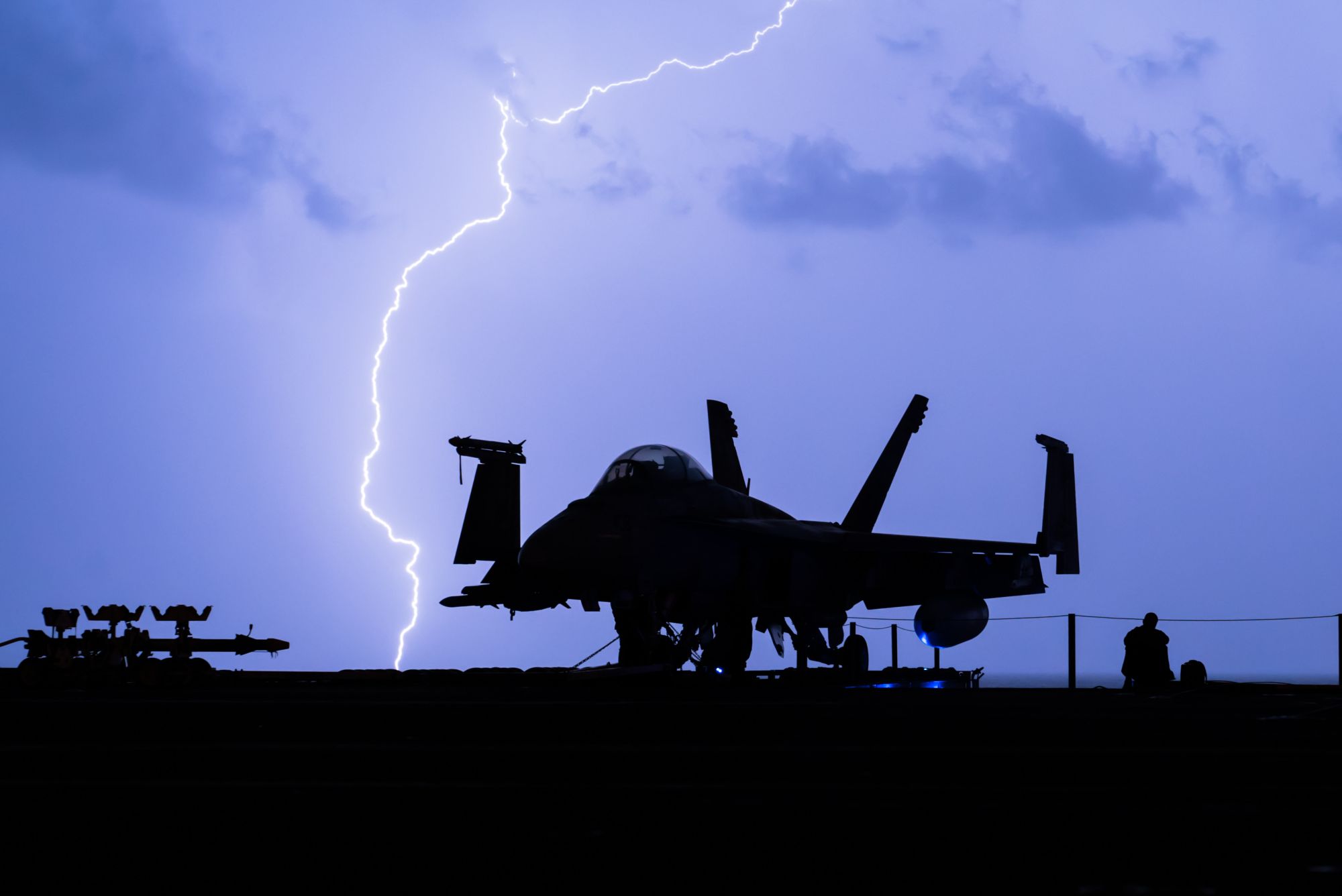The United States may have to spend millions of dollars on repairs if its F-35 fighter jets suffer weather damage while stationed on a Texas tarmac, according to a Bloomberg report.
Turkey ‘Cuts Down’ F-16 Plans; Wants Eurofighter Typhoons To Counter Greek Rafale Fighters – Reports
The delays in the TR-3 hardware and software upgrade, originally set for completion by July 2023, have left newly delivered F-35s parked at an airfield in Fort Worth, Texas, exposing them to the risks of severe weather.
Now, the head of the F-35 Joint Program Office (JPO) said on Thursday that deliveries of F-35 jets to the US military are set to resume shortly without the complete TR-3 software upgrade.
The delays in delivery to the Pentagon were linked to the lingering issue with the TR-3 tech refresh, which refers to a series of software and hardware improvements to the F-35, giving the jets better displays, computer memory, and processing power. According to the JPO, the decision to move forward without complete implementation of the TR-3 software was made in coordination with the various stakeholders.
Earlier Report
According to an earlier report, the potential for severe weather, including hail and winds reaching up to 60 miles per hour, poses a significant threat to the parked jets.
While the Pentagon’s F-35 program office has confirmed that none of the jets have sustained damage yet, concerns remain high as the summer season, notorious for severe storms, progresses.
This development is the latest in the ongoing saga of the Lockheed Martin Corp. fighter jet, which is projected to cost over $1.8 trillion throughout its life cycle, making it the most expensive weapons system in history.
Despite being marketed as an “all-weather” fighter, the F-35 has faced challenges related to weather conditions. At one point, it was even prohibited from flying in lightning and thunderstorms.
The F-35A Lightning II touted as the best fifth-generation stealth fighter jet, has struggled with performance issues in rain and thunderstorms despite its advanced capabilities and widespread global use.
In April 2024, the conventional take-off and landing variant of the F-35 Lightning II, used by the US Air Force, was finally cleared to fly near storms. That lifted the lightning restrictions that had been in place since 2020, allowing the aircraft to operate in thunderstorms for the first time in four years.

Lockheed and the F-35 program have not disclosed the number of aircraft parked at the Fort Worth facility or whether they are stored indoors or outdoors, citing security concerns.
However, Representative Rob Wittman, who leads the House Armed Services Tactical Air and Land Forces panel, indicated in mid-May that at least 100 aircraft would be on the tarmac by July.
During a January earnings call, Lockheed officials stated that deliveries of 75 to 110 planes could begin this month.
“We maintain the highest level of security and protection of F-35 aircraft,” Lockheed said in a statement. “TR-3 test results to date support our expected timeline of delivering the first TR-3 combat training-capable aircraft in the third quarter,” which begins July 1.
Defense Contractor’s Liability Limited to $100,000
The report further highlighted that the defense contractor’s liability cap is $100,000 per F-35 jet, despite each aircraft’s price tag ranging from $82.5 million to $109 million.
If weather-related damage to these advanced stealth aircraft exceeds this cap, the Department of Defense (DoD) would be responsible for the additional costs, ultimately placing the financial burden on American taxpayers in the event of severe weather incidents in Fort Worth.
The contract management agency likened the insurance to commercial auto and aircraft insurance, stating that if the contractor meets the underwriting terms and conditions, the US will cover costs beyond the deductible, with a few exceptions.
This arrangement means that significant damage, particularly a “complete loss” of an aircraft, would force the Pentagon to either pay for a replacement or decide not to replace it.
Under the terms of the Lockheed Martin contract, damages caused by tornadoes, hail, and windstorms are covered, while damages from mechanical issues are evaluated on a case-by-case basis, depending on the specific task performed.

This has become a pressing issue as Lockheed Martin recently warned of space constraints for the accumulating aircraft while it struggles to complete the TR-3 upgrade.
The TR-3 upgrade, initially projected to cost $718 million, is now expected to exceed double that amount due to various challenges.
Resolving all issues may take months, leaving an undisclosed number of the US military’s expensive fifth-generation fighter jets exposed to the elements and vulnerable to potential severe weather damage.
“It is unique for so many critical DOD aircraft to be waiting for DOD acceptance instead of stored at lower densities across many military locations throughout the world. This creates unique financial and schedule risks to DOD,” according to the GAO, often called the “congressional watchdog.”
Meanwhile, adding to the challenges, the significant Block 4 upgrade cannot proceed until the TR-3 issues are resolved. The delays are creating operational difficulties for over fifteen air forces worldwide that are using the F-35.
- Contact the author at ashishmichel(at)gmail.com
- Follow EurAsian Times on Google News




